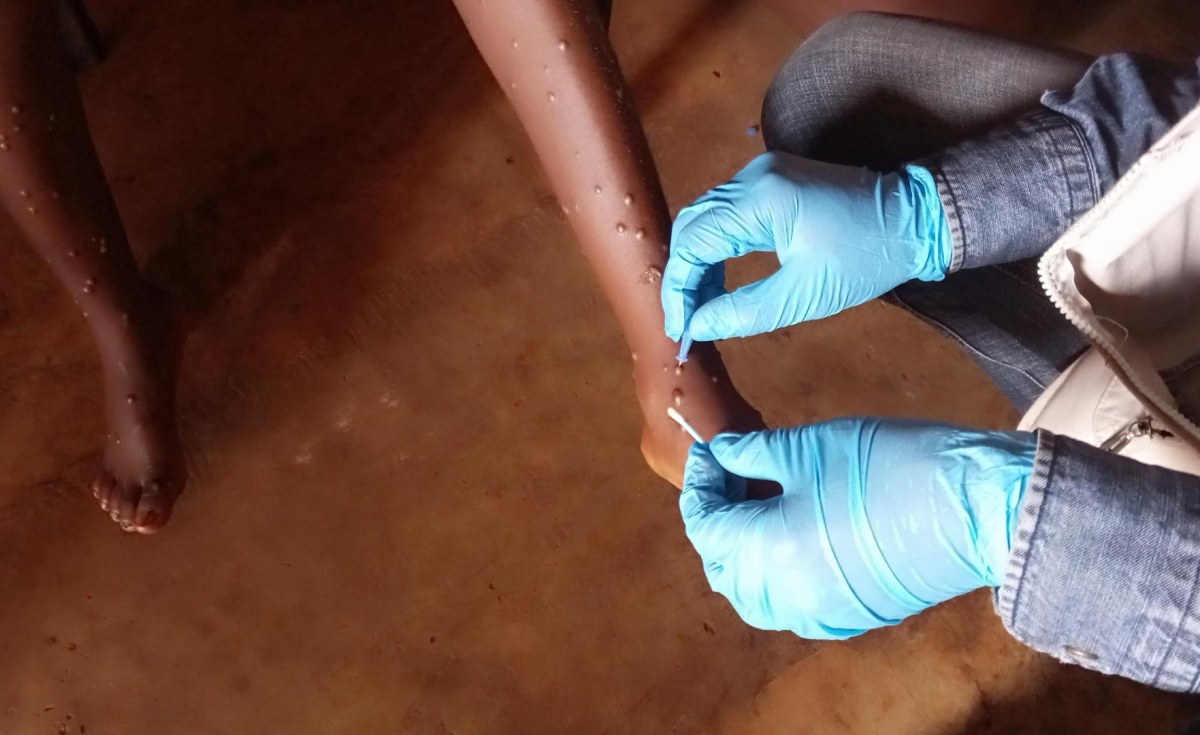
Unguja. The Zanzibar Airports Authority (ZAA) has announced a record collection of revenue in the first quarter of the 2022-23 financial year, attributing the rise to increase in the number of arrivals at Abeid Aman Karume International Airport (AAKIA).
In a statement issued on Friday, October 21, by the acting director general of ZAA Mr Seif Abdallah Juma, the authority recorded a collection of Sh6.7 billion which is equivalent to 96 percent growth in comparison to the same period last year.
The statement says that during that period Zanzibar received a total of 553,592 arrivals of tourists at the AAKIA.
“The collections are the result of the great success of the Royal Tour documentary by President Samia Suluhu Hassan together with the President of Zanzibar and the Chairman of the Revolutionary Council Dr. Hussein Mwinyi which has opened up opportunities for the increase of tourists who visit the country,” said Mr Sief Juma.
He said, the tour has also resulted into an increase in requests from international airlines to make their trips at the Abeid Amani Karume International Airport (AAKIA) which is one of the important sources of income.
In the first quarter of the 2019/2020 fiscal year (July – September) before the global economic recession caused by the outbreak of the Covid-19 pandemic Corona, the authority collected a total of Sh2.9 billion
Share this news
This Year’s Most Read News Stories

Africa: Rwanda Gets a Grip Of Marburg, But Mpox ‘Not Yet Under Control’

Monrovia — The Rwanda Minister of State responsible for Health, Dr. Yvan Butera, cautioned that while the country is beginning to see positive signals in its fight against the Marburg virus, the outbreak is “not yet over”. He, however, expressed hope that “we are headed in that direction”. The minister said the epidemiology trend, since the disease was first discovered in the country more than a month ago, is moving towards fewer cases.
Dr. Butera, who was giving updates during an online briefing yesterday, said in the past two weeks, only two deaths were recorded while 14 people recovered from the disease. He said Rwanda was expanding its testing capacity with 16,000 people already inoculated against the disease.
The priority right now, Butera said, is “rapid testing and detection”.
Marburg is a highly virulent disease transmitted through human-to-human contact or contact with an infected animal. The fatality rate of cases, which has varied over the period, is more than 50%, according to the World Health Organization. WHO said the highest number of new confirmed cases in Rwanda were reported in the first two weeks of the outbreak. There’s been a “sharp decline” in the last few weeks, with the country now tackling over 60 cases.
At Thursday’s briefing, a senior official of the Africa Centers for Disease Control, Dr. Ngashi Ngongo, said mpox – the other infectious disease outbreak that countries in the region are fighting – was been reported in 19 countries, with Mauritius being the latest country to confirm a case. He said although no new cases have been recorded in recent weeks in several countries where outbreaks occurred previously – including Cameroon, South Africa, Guinea, and Gabon – Uganda confirmed its first Mpox death. This, he said, is one of two fatalities reported outside Central Africa.
Dr. Ngashi revealed that there was an increase in cases in Liberia and Uganda. He said mpox cases were still on an upward trend.
“The situation is not yet under control.”
Source: allafrica.com

Tanzania can benefit from strategic investment in national pride
Travelling to a few places so far, I discovered that the Tanzanian passport can change the way one is treated at airports and international bordersContinue Reading

Zanzibar tourism investors alarmed by new mandatory insurance fee
Tourism investors in Zanzibar have voiced their concerns over the introduction of mandatory travel insurance, cautioning about its potential negative impact on the industry.Continue Reading











